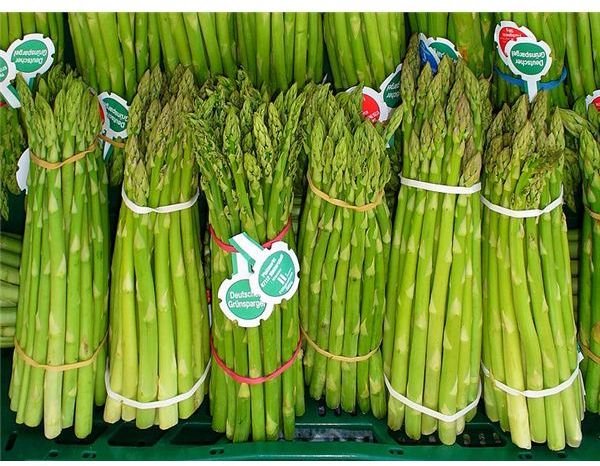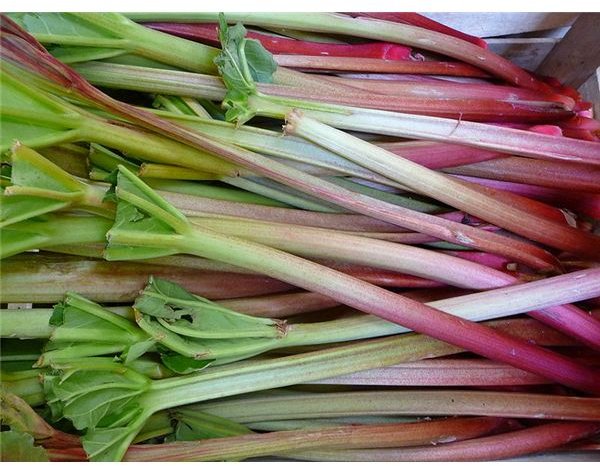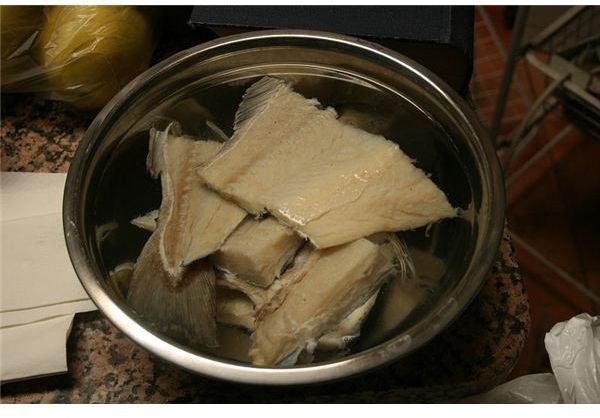Teaching French – Spring Activities for Grade 7
Traditions
These activities aim to teach new vocabulary and phrases, along with giving an overview of French culture.
Easter, or Pâques, is primarily celebrated as a religious festival in France. Much of the country is Roman Catholic, and Easter is a time to spend with family. Chocolate eggs and other novelties are still popular though, as are Easter egg hunts.
Traditionally, no church bells are rung between the Thursday before Easter and Easter Sunday. Children are told that the bells have flown to Rome to see the Pope, and will return on Sunday morning to distribute the chocolate eggs.
French food relies heavily on seasonal ingredients, and spring is an important time in the calendar as new food is starting to become available after the winter.
Activity – Learning About Food, Recipes and Currency
Divide the class into groups of four students, and start by allocating each group one of these seasonal recipes. Lots of other recipes are available online if you need extras.
Brandade de Morue – a traditional purée of salt cod, eaten in the south of France
Ingrédients
-
_400 g de morue salée
_
-
2 gousses d’ail
-
persil
-
10 cl de crème fraîche
-
huile d’olive (1/2 verre)
-
1 citron
-
600 g de pommes de terre
-
laurier
-
beurre
Asperges à la Florentine – asparagus season starts in the spring, this recipe is a variation on Eggs Florentine
Ingrédients
-
_1 botte d’asperges vertes (500 g)

_
-
1 paquet d’épinards hachés surgelés
-
sauce béchamel
-
parmesan
-
sel
-
poivre
-
muscade
-
beurre
-
4 oeufs
Tagliatelle au Saumon – pasta with fresh herbs and salmon

Ingrédients:
- 400 g de tagliatelles (pâtes fraîches)
- 400 g de saumon frais (coupé en fines tranches)
- 100 g de champignons de Paris
- 1 citron
- 1/2 botte de basilic
- 1 grande boîte de tomates pelées
- 400 g de feta
- 1 gousse d’ail
Dessert à la Rhubarbe et aux Fraises – the first seasonal fruit is ready from spring. The early strawberries can be a little sharp for eating but are great for cooking with.
Ingrédients:
-
4 branches de rhubarbe
-
_1 barquette de fraises

_
-
un peu d’écorce d’orange confite
-
150 g de beurre
-
75 g de farine
-
100 g de sucre
-
150 g de crème liquide
To begin with, ask the groups to go through their recipes and identify any words they don’t know. They should then ask the teacher to explain “Qu’est-ce que ‘barquette’ veut dire?’” They can also try doing the weight conversion to US measurements as a math activity.
Once all the groups are happy with their recipe, they can price up the ingredients, with a little help a from French supermarket. Each group should then be able to give the total cost of their recipe.
La Poisson d’Avril
La Poisson d’Avril (literally the April Fish) is the French equivalent of April Fool’s Day. On the 1st of April, children make fish out of paper, and try to pin them onto unsuspecting backs without being caught! Chocolate fish are also sometimes exchanged.
Here’s a fun activity to celebrate the Poisson d’Avril custom:
Hand out paper fish shapes, or ask each student to make their own.
Divide the class into two groups and the fish into two piles. On the back of each fish in the first pile, write the name of a baby animal, for example veau, poulain, caneton, etc. On the back of the other fish, write the corresponding adult animals, for example vache, cheval, canard, etc.
Pin or tape the baby animals to the backs of one group of students, and the adult animals to the other.
The students representing the baby animals must then move round the room, asking the other group questions, for example:
_"_Es-tu un grand animal?"
“Est-ce que tu manges de l’herbe?”, etc.
Once everyone has found their “parent” animal, shuffle the fish and reverse the groups.
When teaching French, these spring activities for the seventh grade should help you keep your lessons lively and interesting. Bon chance!
References
- Rhubarb Image Courtesy of: Wikimedia Commons / GNU Free Documentation License / Creative Commons Attribution-Share Alike License / by: 4028mdk09; http://commons.wikimedia.org/wiki/File:Blattstiele_des_Rhabarber.JPG
- Salmon Image Courtesy of: Wikimedia Commons / GNU Free Documentation License / Creative Commons Attribution-Share Alike License / by: Jebulon; http://commons.wikimedia.org/wiki/File:Salmonfillets.JPG
- Asparagus Image Courtesy of: Wikimedia Commons / GNU Free Documentation License / Creative Commons Attribution-Share Alike License / by: H Zell; http://commons.wikimedia.org/wiki/File:Asparagus_officinalis_006.jpg?uselang=en-gb
- Written from the author’s own experience of working as an a_ssistante d’anglais_ in a large college.
- Salt Cod Image Courtesy of: Wikimedia Commons / GNU Free Documentation License / Creative Commons Attribution-Share Alike License / by: Tamorlan; http://commons.wikimedia.org/wiki/File:Bacalao_Remojo.jpg
